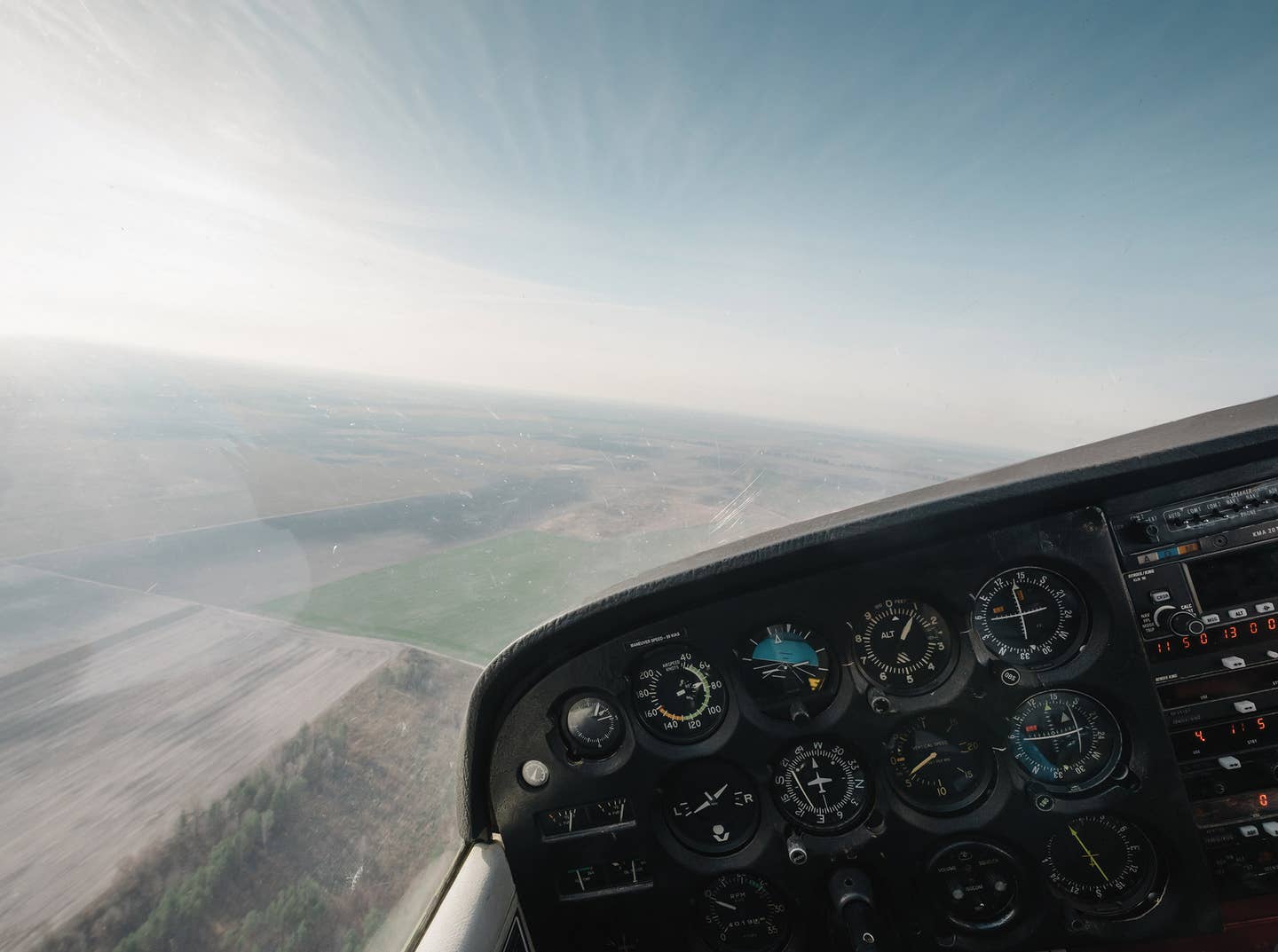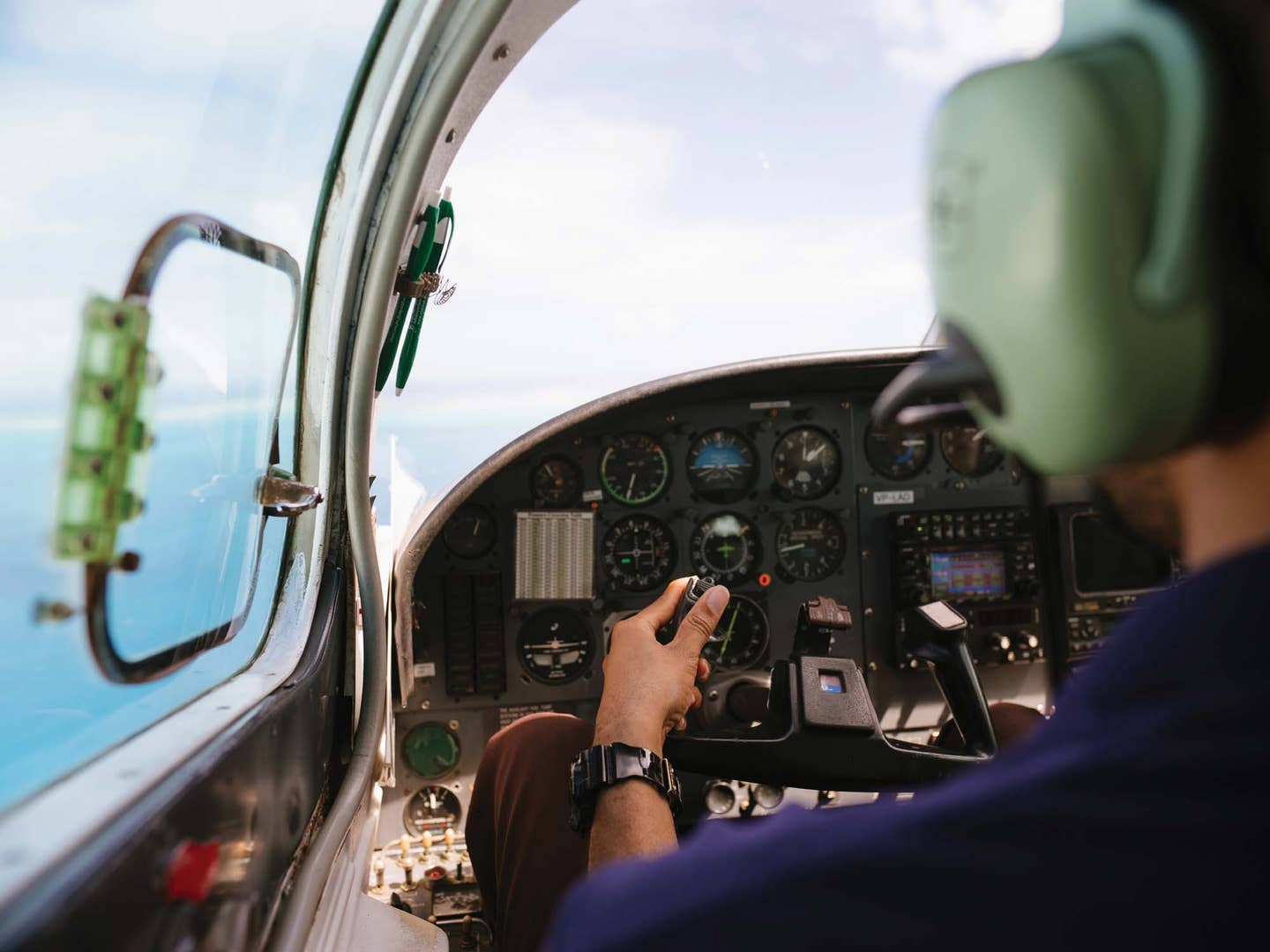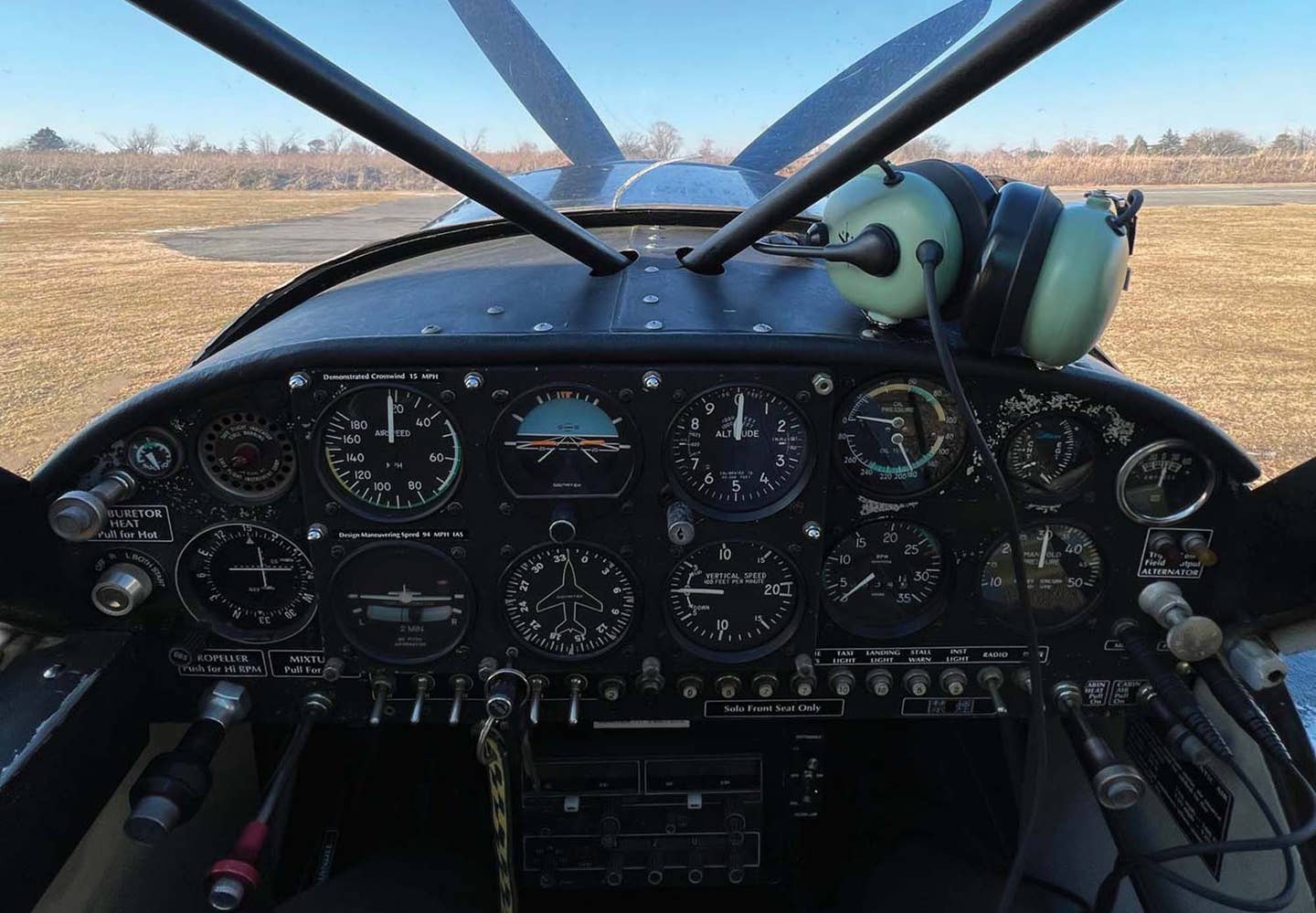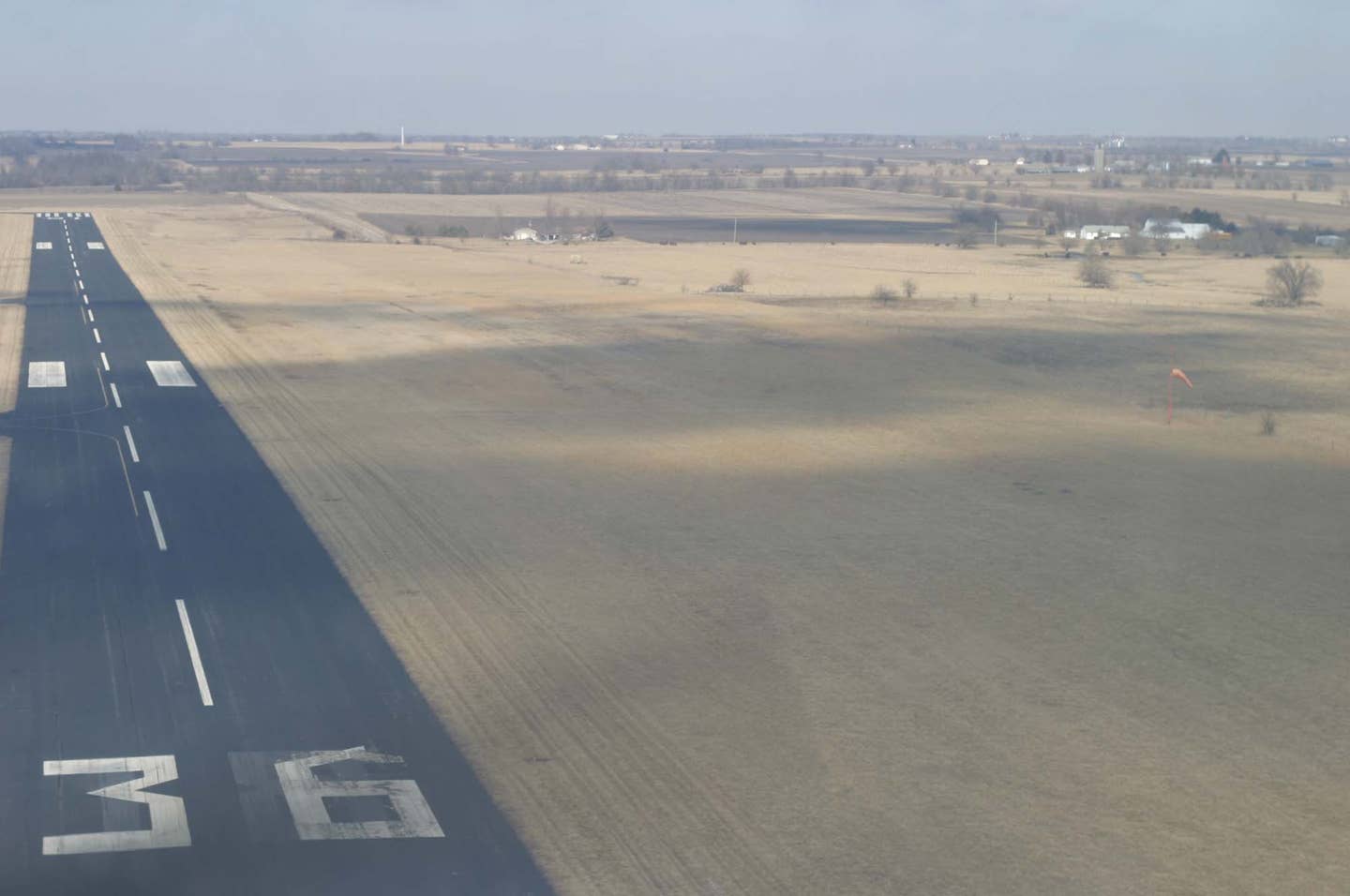Multiple ‘First Solo’ Flights
When we talk about flying solo, we’re usually speaking of doing so as the only occupant of an aircraft. And when we talk in a capitalized quote of “My First…
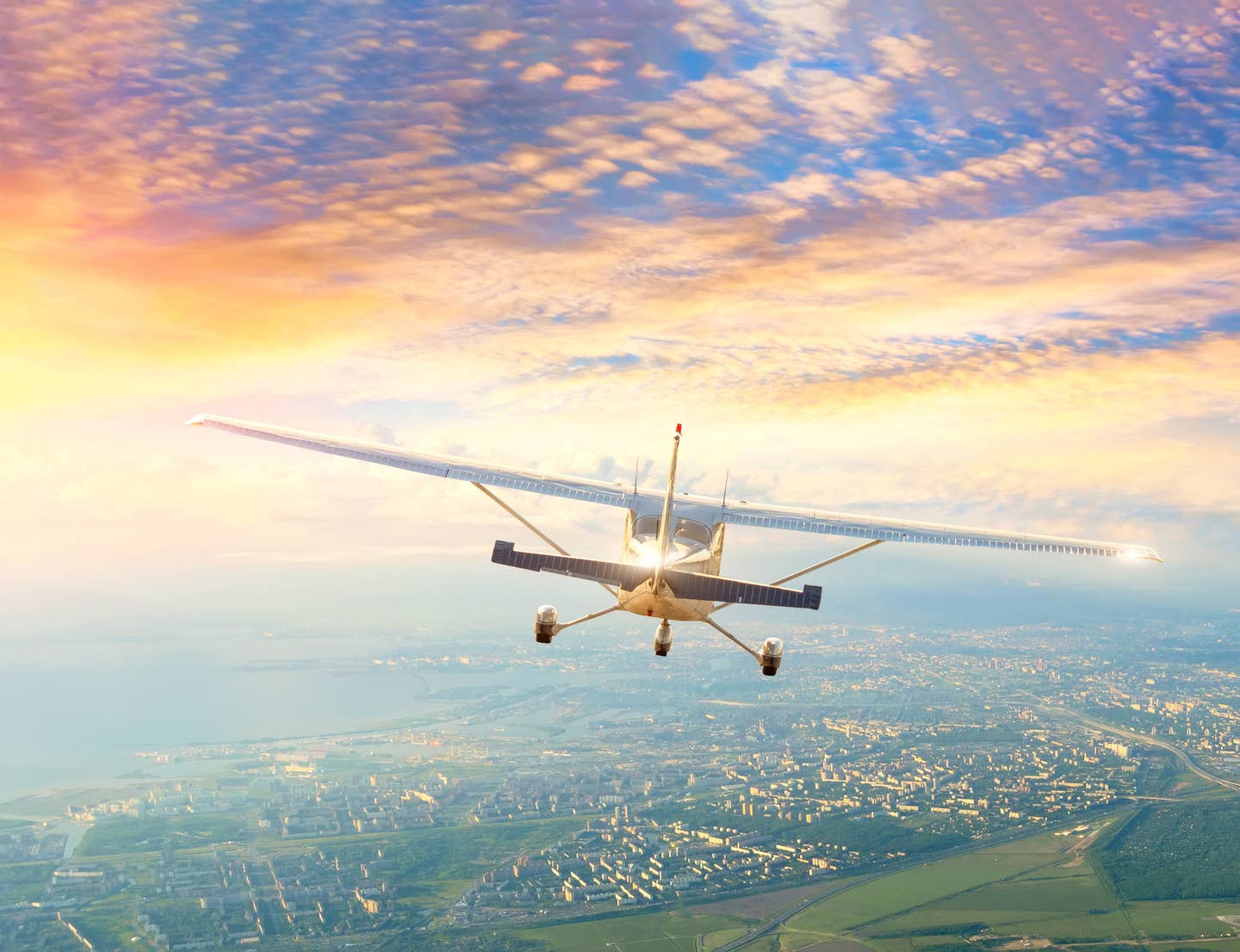
There will be many first solo flights in your career beyond that one at the beginning of your life as a pilot. [Photo: Adobe Stock]
When we talk about flying solo, we’re usually speaking of doing so as the only occupant of an aircraft. And when we talk in a capitalized quote of “My First Solo,” we generally mean the first time we were ever aloft by ourselves. Whatever the occasion, being alone in the cockpit always gives us cause for reflection and a little extra time to count our blessings. Foremost among those is the ability to be a pilot in a great country for aviation.
That said, you have lots of opportunities for making “first solo” flights, including ones taken not by choice but by necessity. Some are the ones we make in single-seat airplanes. Taking off in an airplane with no way to “get some dual,” or even to ride along to observe, is an awesome experience. It can not be undertaken without preparation, because you have to get it right the first time. Once you’re in the air, there’s no way to get help.
I well remember my first experience in this regard. The airplane was a Stits Playboy, a sporty low-wing homebuilt with an O-290 Lycoming up front. Before I took off, the previous pilot leaned over the side of the canopied cockpit and pointed out the relevant controls and switches, told me a safe speed to use on final, and turned me loose to learn on my own. I had plenty of experience with control sticks and tailwheels, so I just filled in the new blanks presented by the little Stits.
- READ MORE: Are Touch-and-Goes Good Practice?
During World War II the 200-hour wonders who strapped themselves into single-seat fighters were prepared about as well as they could be. They were products of a system that saw them begin with plenty of dual in tandem primary trainers, followed by advancing into more powerful basic trainers and then progressing into challenging advanced trainers. All of these machines had the student sitting in the center of a cockpit set up for one person, with a joystick in the right hand and throttle in the left, a tailwheel rolling along behind. The one-seat P-40s they eventually flew on their own were just more of the same.
Key to the process was adherence to procedures, worked out to minimize hazardous unknowns, and lots of study and classroom work, so the transitioning pilots would thoroughly understand the progressively more complex systems they were tackling. Experienced individuals would stand on the wingwalk and work the novices through their checklists until it became second nature, perhaps even blindfolded to prove they could find the required items quickly.
Getting as Close as You Can
As I flew other single-seat airplanes, I always tried to avail myself of as much knowledge as I could in advance by reading the flight manual and limitations, asking questions of my predecessors, and just sitting in the cockpit to become familiar with the setup. Sometimes it’s possible to get time in a similar two-seat airplane, which is how I approached the Cessna AGwagon spray plane. The Cessna 185 is a close approximation, and even though I had considerable previous time in Cessna 180s and 170s, I first went up in the Skywagon with an ag pilot for a little review.
Most spray planes have familial resemblance to two-place siblings, like Piper’s Pawnee and the Super Cub. On the other hand, Dean Wilson’s long-winged Eagle ag plane had no two-seat approximation, but I had flown other biplanes and had no problem adjusting to its size and seating. The DW-1 was built to be work-all-day friendly, so it held no surprises other than the spoiler-assisted method of making tight turnarounds.
The ultimate in getting prepared was being checked out in the Bede BD-5 homebuilt. The Bede folks had a “Truck-a-Plane” engineless BD-5 at the factory, rigged up on an articulated frame attached to the front of a hot rod pickup truck. Pushed down the runway in it at flying speed, one could practice liftoffs and touchdowns, and feel out the ailerons and rudder response. To learn how the landing gear operated, they just picked up a BD-5 and sat it on sawhorses shoved under the wings. You could then climb aboard and find out how to work the gear lever without jiggling the joystick in your other hand.
The point is, if you’re compelled to fly a single-seater, get as much knowledge as possible and work up to it through flying dual in similar aircraft. Of the couple of dozen one-holers I’ve flown, all were approached with careful progression through close approximations.
Solo Without a Checkout
In a similar vein, there may be times when you will be called upon to fly an aircraft with multiple seats but without the benefit of a formal checkout flight. That can be about as much of a “solo flight” as those single-seat experiences. As a ferry pilot, a lot of the planes I’ve picked up were simply left sitting in a hangar or tie-down, waiting for me to deliver it elsewhere. One quickly learns to rely on nothing in the way of installed equipment, despite assurances that “it’s ready to go.” In the first hour or two of the trip, you verify what you have and don’t have.
I once was engaged to ferry an aged Cessna 170A, and I soon learned it had no generator output. Eager to get it home, I obtained a NAPA battery charger and plugged it in at every fuel stop, juicing up the battery so I would have a starter and radios for the departure. In the middle of my final leg, I finally found a hidden unmarked switch under the dash that, when actuated, turned on the generator. Lesson learned.
Labels, even when installed, don’t always mean what they say. Tasked with taking an imported German motor glider out to the West Coast, I received a telephone checkout from the pilot who had brought it partway, mostly describing the quirks of its VW-based Limbach engine and three-position propeller pitch. When I tried to start it, the engine refused to fire. It turned out the fuel cock said “auf” when the gas was on, which turned out to be German for “on.” The label was correct—it was the pilot who was deficient.
- READ MORE: Effective Braking Techniques
When alone in the cockpit, it is doubly important to take every precaution to learn how to operate the systems because your only resource is what you bring to the party. Never assume “it’s just another airplane.” That may be true, but operating characteristics vary from one model to another. Late one afternoon, I arrived via a delayed airline flight to pick up a Piper Arrow that needed to be repositioned across the state. I had planned on being home well before sundown, but by the time I was finally deposited onto the Arrow’s ramp, the day was far advanced. With no RON (remain overnight) kit or flashlight, I fired up in the waning twilight and blasted off. Once underway, it occurred to me I really needed to turn on the panel lights, and none of my fumbling with the switch panel found success. Cell phone flashlights hadn’t been invented yet.
Finally, I recalled the stylish panel of 1970s-era Pipers utilized rolling rheostat switches beside the rocker switches, one of which turns on the instrument lighting. Panic subsided when I brought the darkened cockpit to well-lit life. The issue was my mission-focused urgency to get into the air without taking time to review the flight manual’s operating details of an airplane type I hadn’t flown in years.
Whether flying in a single-seat aircraft or alone in a multiseat cockpit, the responsibility of being pilot in command is the same. You are making a solo flight, and it’s up to you to do all the CRM (crew resource management) required to assure safety of the flight. Free of the distraction posed by having company, you should be able to do an even better job of single-pilot CRM. Instead, we often take the freedom of flying solo as a chance to ignore our duties.
There’s Always a First Time
There will be many first solo flights in your career beyond that one at the beginning of your life as a pilot. It may be the first time you climb into a cloud deck after attaining your instrument rating or the first time you bring up the landing gear of a retractable-gear airplane. Pushing the throttles of a twin-engine airplane forward on takeoff for the first time as the captain is never to be forgotten. Doing your first aileron roll or loop with no aerobatic instructor on board is a satisfying first solo as well. I will never forget that first tow release when being turned loose to fly solo in the club’s glider. Getting it back to the gliderport after hunting lift was now my responsibility entirely. Docking a seaplane on my own, without banging a float or missing the right spot to cut the engine, was another first that went into the favorite memory storehouse.
The point is, there will be plenty of first solos for us to remember as we pursue our aviation dreams. Treasure them all—big and small.
Editor's Note: This story originally appeared in the November/December 2023 issue of Plane & Pilot magazine.

Subscribe to Our Newsletter
Get the latest Plane & Pilot Magazine stories delivered directly to your inbox

